Constantina is an ancient town in Andalucia in the Sierra Norte de Sevilla Natural Park in Seville province
By Nick Nutter | Updated 22 Sep 2022 | Seville | Villages |
Login to add to YOUR Favourites or Read Later
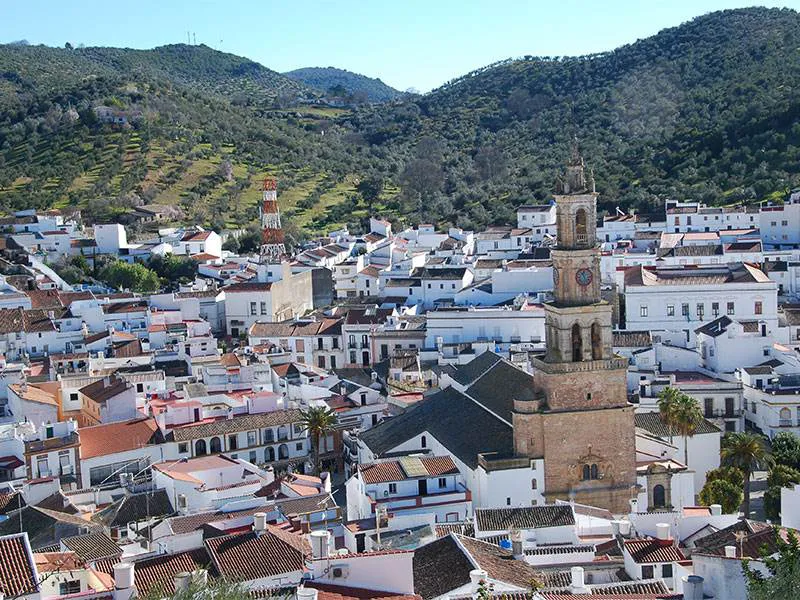
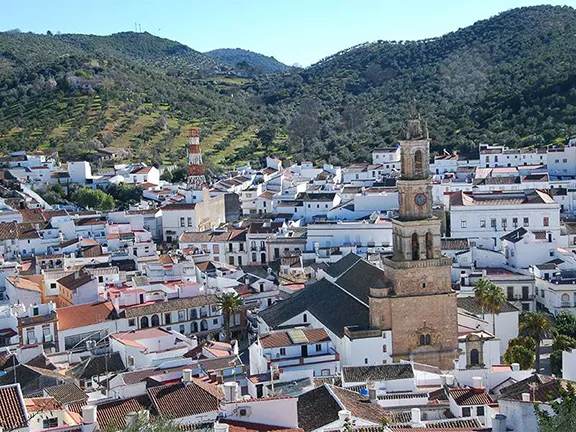
Constantina
In the far north of Seville province, in the centre of the Sierra Norte de Sevilla Natural Park, is the small town of Constantina. There has been a settlement at Constantina since the region was controlled by the Celts and probably before that, the settlers being drawn to the area by the enormous deposits of metallic ores including copper and silver. There is archaeological evidence that the occupants at that time had trading contact with the Phoenicians and Tartessians to the southwest.
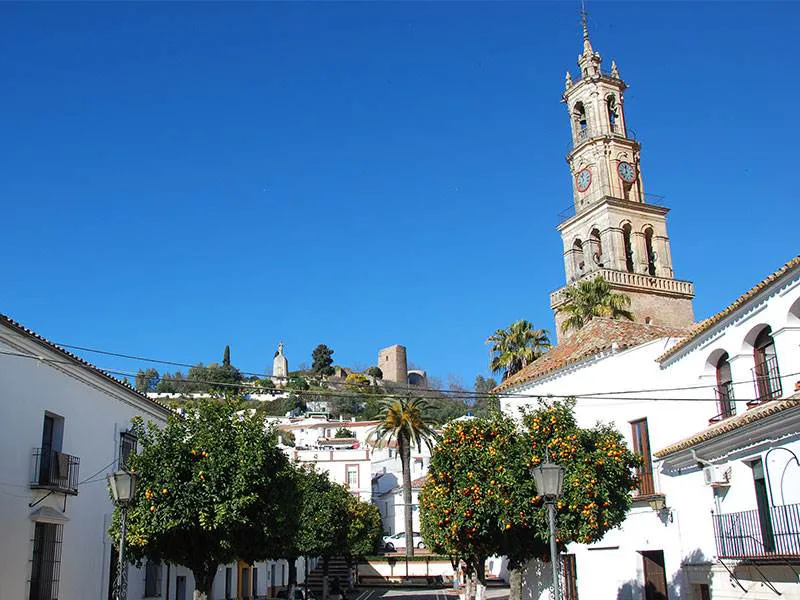
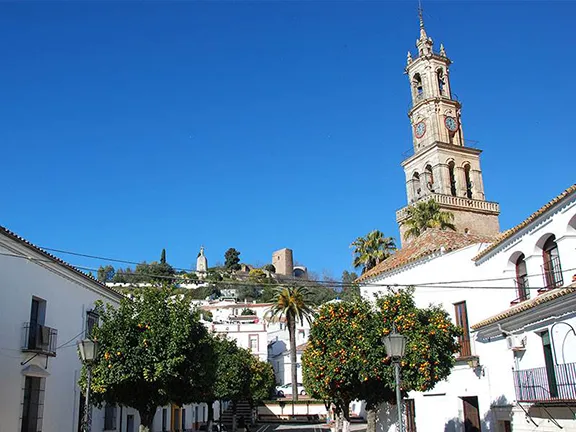
Iglesia Parroquial de Santa Maris de la Encarnacion
The Romans occupied the area after 45BC until the 5th century AD. Unlike the more southerly parts of Andalucia, the Celts did not acquiesce easily to Roman rule and took part in the rebellions of 197BC that were rapidly put down by Scipio. The Romans built a castle on the hill above the town. The Moorish occupation of the area started in 711AD and only lasted until 1247 when Ferdinand III famously laid siege and eventually captured, Seville. In the meantime, the Moors built the castle you see today, mainly on the foundations of the Roman fortifications.
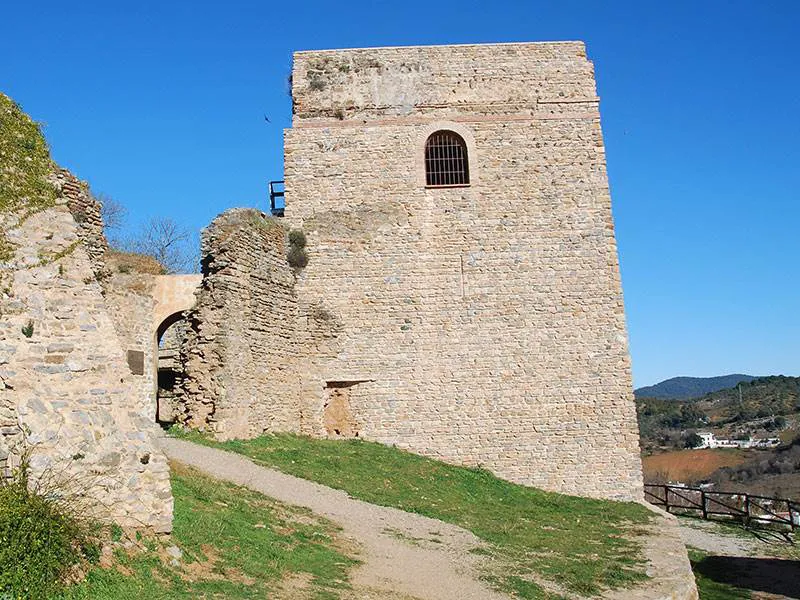
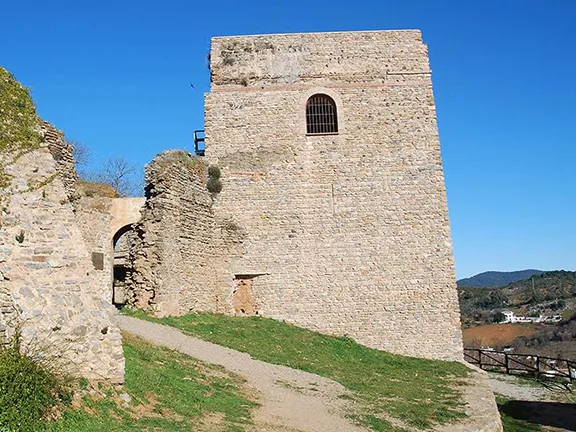
The Homage Tower
The next time Constantina made the news was in 1810 during the French occupation of Spain. Andalucia was home to bands of guerrillas who were intent on removing the French. A French regiment, the 103rd line, found itself in the vicinity of Seville after they had taken part in an abortive attempt to conquer Badajoz. The troops were exhausted and starving and continually harried by guerrillas. The 103rd was ordered to march to Constantina where the insurgents had established a base. The insurgents refused to surrender, and the French marched into the town. Many of the defenders were cut down by the French cavalry as they tried to flee and the town, including its convent, was sacked. The scene in the convent was particularly horrible by all accounts.
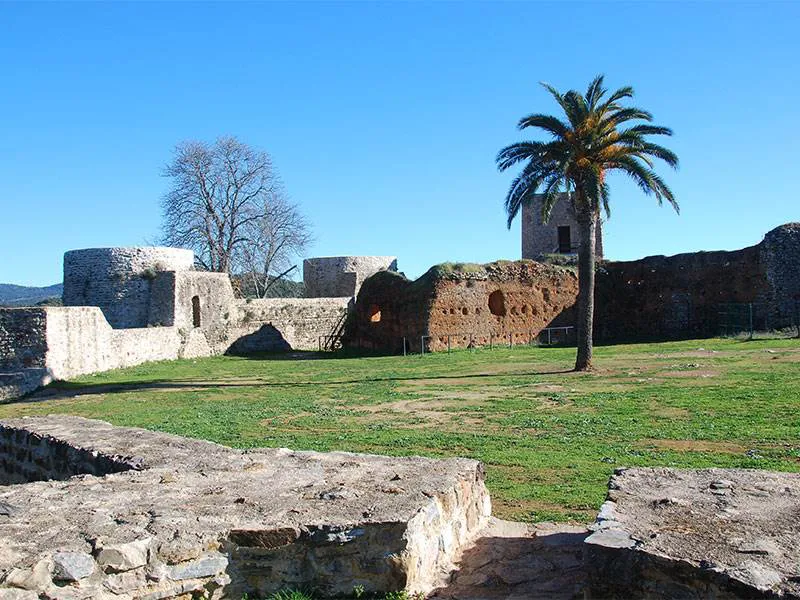
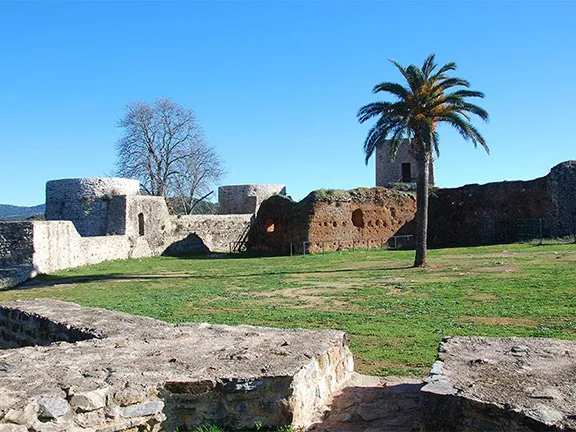
The Castle
Constantina is in a remote area, mostly untouched by tourism, and unchanged for generations. As such it is a typical Andalucian town. The main street with a plaza has a couple of bars and restaurants, it is the focal point of the town, and a large church, Iglesia Parroquial de Santa Maria de la Encarnacion.
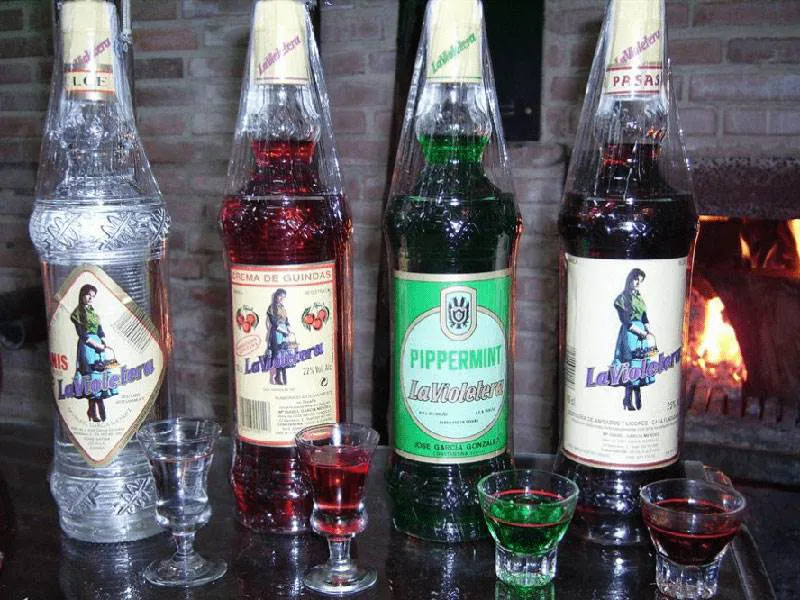
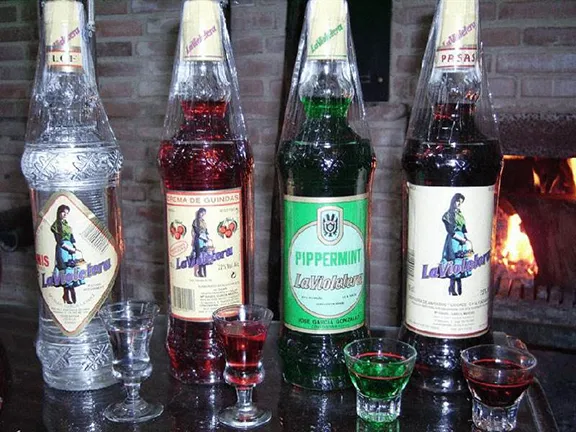
Museo Artesanal Anis de Violetera
The church was built in the late 15th century and retains some elements of its Mudejar ancestry. It was severely damaged during the Civil War and restored in 1980.
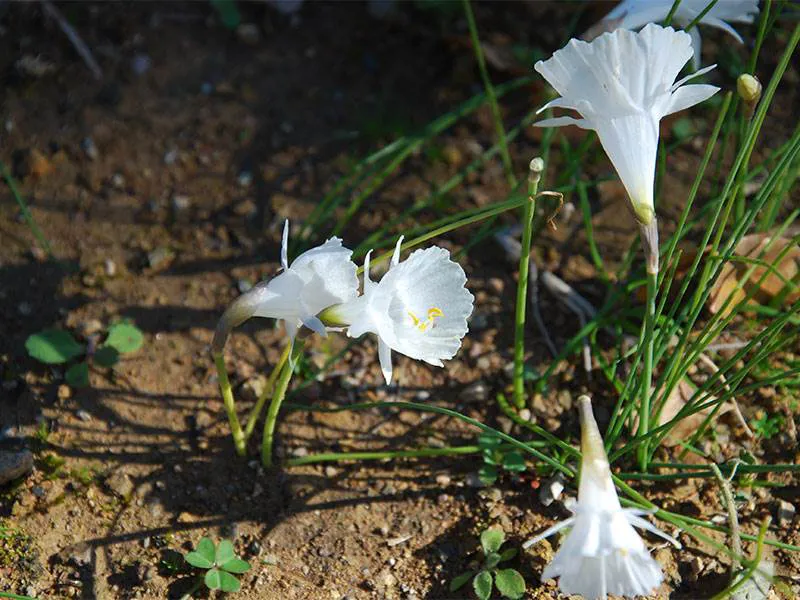
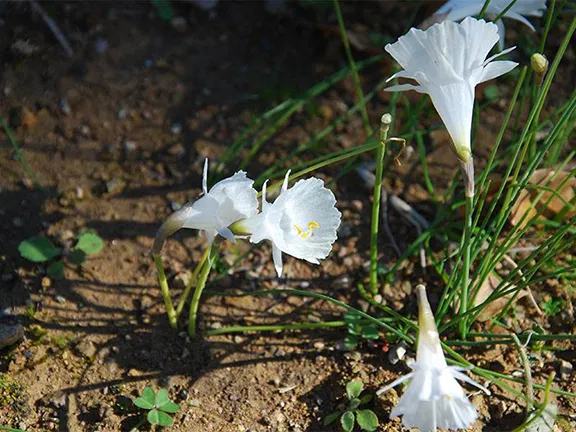
Narcissus de Cantabria at Jardin Botanico El Robledo
Above the church is an area called the Barrio de la Moreria. The Barrio is the oldest part of the town with Moorish style houses, crammed together below the castle that overlooks the whole town.
A few hundred metres south of the barrio is the only museum in Constantina, the Museo Artesanal Anis de Violetera.
Despite being high up in the Sierra Norte, the area surrounding Constantina has been producing grapes since before the Romans arrived. The town is also blessed with a supply of exceptionally pure spring water. Such was the quality of the wine that it was prized by the Romans and shipped back to Rome. By the 16th century Constantina was producing so much wine that they were distilling the surplus into alcohol and flavouring it with anise, the beginning of the anise industry. By the end of the 19th century there were twelve aniseed factories in Constantina. Production reached a peak in the late 1940s; eighteen factories produced over 2 million litres of ‘La Gitana’ anise. Only one of the factories survives, and that was a factory that became independent in 1961 and started manufacturing the brand name ‘Anis de Violeterra’. Today it is also a museum, open to visitors.
About 1 kilometre outside Constantina, on the A 452 road, is a wonderful little botanical garden called Jardin Botanico El Robledo. The walk through the gardens simulates a trek through and up into, the Sierra Norte. Water and the plants native to that environment give way to olive trees and holm oaks and then to the alpine plants surviving in cracks and crannies.